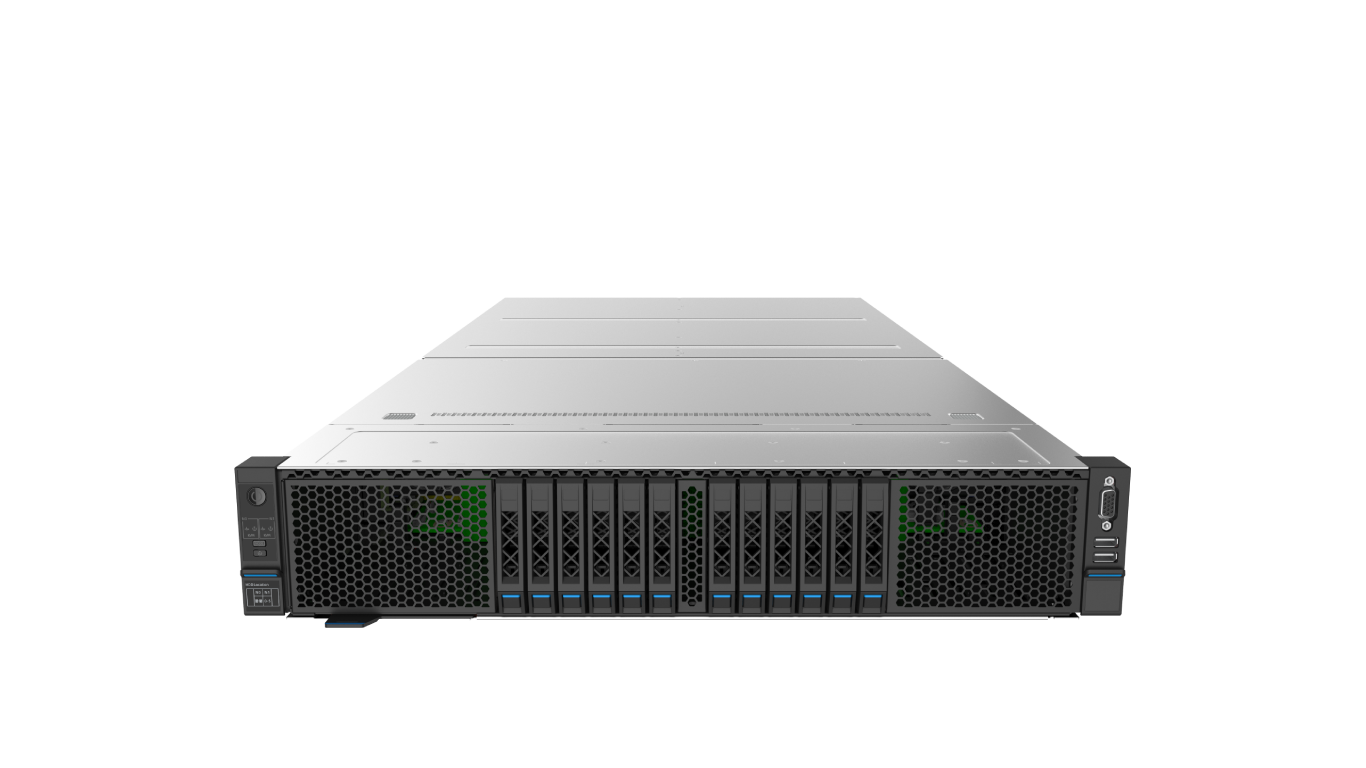With the development of liquid-cooled data center cooling technology, liquid cooling is becoming a feasible solution to solve the growing cooling challenge. The influence of heat on data center performance is significant. Overheating can lead to equipment failure or performance degradation, and in extreme cases, it may lead to system shutdown. The cooling system ensures that the equipment operates within the recommended temperature range, prevents overheating, and prolongs the service life of the equipment.
Understand liquid-cooled data centers.
Liquid cooling is an innovative solution that has gained popularity in data centers because it effectively manages the heat generated by high-performance computing devices.
Various types of liquid cooling technologies are used in data centers. A common design is to directly cool the chip and provide liquid coolant directly to the heat-generating components of servers and other equipment.
Another common technology is immersion cooling, in which the entire server or IT equipment is immersed in a dielectric liquid coolant. This way can enhance the heat dissipation capacity.
In the liquid-cooled data center infrastructure, liquid cooling circulates coolant through a closed-loop system. The coolant absorbs heat from the equipment and takes it away. The heated liquid is cooled by a heat exchanger before recycling.
Using liquid-cooled data centers has several benefits. First, it allows higher power density and more powerful computing devices to be used in a smaller footprint, thus saving costs and improving efficiency. Liquid cooling also reduces the noise level because it does not require a fan.
However, there are also shortcomings to consider. Compared with traditional methods, the installation and maintenance of a liquid cooling system may be more complicated and expensive. Using liquid coolant will bring the risk of leakage, which may damage the equipment. In addition, specialized expertise is needed to design and implement liquid cooling solutions.
Development of cooling technology in liquid-cooled data center
The data center has made great progress in cooling technology. In the early days, liquid-cooled data centers relied on simple air conditioning systems to maintain the optimal temperature. However, with the increasing demand for more powerful and energy-intensive computing systems, it is obvious that more advanced cooling methods are needed.
Historically, data centers have used air cooling methods, such as computer room air conditioning (CRAC) units and raised floor systems. These methods are effective to some extent, but there are limitations in energy efficiency and scalability. With the expansion and complexity of data centers, the need for better cooling solutions becomes more and more obvious.
Compared with traditional methods, liquid cooling systems, such as chilled water systems and direct cooling to the chip, provide better heat dissipation capacity. By using liquid coolant to remove heat from server components, these systems can achieve higher cooling efficiency and lower energy consumption.
With the increasing demand for high-performance computing, liquid-cooled data centers and data center cooling designs are constantly developing to meet the needs of the industry. The development of data center cooling mainly focuses on improving efficiency, reducing environmental impact, and increasing scalability. Innovative technologies such as immersion cooling have attracted attention because of their ability to efficiently cool high-density computing environments.
Why liquid cooling?
Advantages of liquid cooling:
Efficiency: Compared with air cooling, liquid cooling provides better heat dissipation. By directly cooling components with liquid coolant, heat can be effectively transferred from sensitive equipment, reducing the risk of overheating and improving the overall system performance.
Energy saving: Liquid cooling solutions can reduce the energy consumption of liquid-cooled data centers. Cooling equipment requires less electricity, thus saving a lot of energy, reducing the power utilization efficiency (PUE), and reducing the operating cost.
Immersion can cope with high chip wattage: it is difficult for chips with total dissipation power (TDP) exceeding 270 watts to be cooled by air only. Given that GDP is expected to exceed 1000 watts by 2025, liquid cooling is becoming more and more popular in modern devices serving artificial intelligence and high-performance computing applications.
Adapting to generative artificial intelligence: In order to promote generative artificial intelligence, the latest liquid-cooled data center, GPU and system design requires changing power supply and cooling methods. S. Jay Lawrence, CEO of Equus, said: "We are entering a new field in the field of liquid-cooled data centers, and the computing level and ability running through these systems are unprecedented." "It has never been more important to implement sustainable and efficient cooling methods."
Liquid-cooled data center

